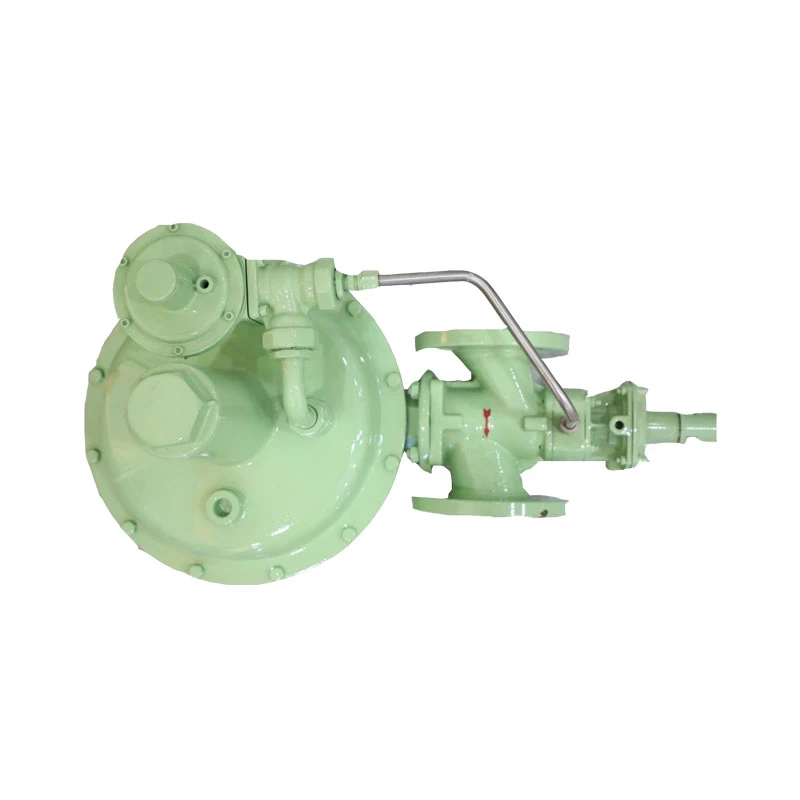
Nov . 05, 2024 12:24
Back to list
صمام تنفيس أمان الغاز
Understanding the Safety Relief Valve for Gas Systems
In the modern industrial landscape, the safety of gas systems is paramount, particularly with the increasing reliance on natural gas and other gaseous fuels. A crucial component in ensuring the safety and efficiency of these systems is the safety relief valve, known in Arabic as صمام تنفيس أمان الغاز. This device plays a vital role in preventing excessive pressure buildup, which can lead to catastrophic failures if not managed properly.
What is a Safety Relief Valve?
A safety relief valve is a mechanical device designed to release excess pressure from a vessel or system when it reaches a predetermined level. The primary function of this valve is to protect equipment and personnel from the dangers associated with overpressure conditions. Safety relief valves are typically spring-loaded and are calibrated to open at specific pressure levels, allowing gas to escape and thereby preventing explosions or ruptures.
Importance of Safety Relief Valves in Gas Systems
Gas systems, including pipelines, storage tanks, and processing units, are inherently vulnerable to pressure variations due to temperature changes, gas compression, and other operational factors. Without a reliable safety relief valve, these systems can fail under pressure, resulting in hazardous situations such as leaks, explosions, and environmental damage.
1. Prevention of Overpressure The most critical role of a safety relief valve is to maintain system pressure within safe limits. By venting gas safely, these valves prevent excessive pressure that can compromise the integrity of storage tanks and pipelines.
2. Protection of Personnel and Equipment An overpressure scenario can be deadly. Safety relief valves mitigate the risk of accidents for personnel working near gas systems and preserve the safety of the equipment, potentially saving companies from costly damages and legal implications.
3. Regulatory Compliance Many jurisdictions have stringent regulations governing gas systems, requiring the installation of safety devices, including relief valves. Compliance with these regulations not only meets legal obligations but also promotes best practices in safety management.
4. System Efficiency By allowing pressure to be relieved when necessary, safety relief valves help maintain optimal operating conditions. This can enhance the efficiency of gas systems, leading to better performance and reduced operating costs.
صمام تنفيس أمان الغاز

Types of Safety Relief Valves
There are various types of safety relief valves used for gas applications, each designed for specific conditions
1. Conventional Safety Relief Valves These valves are commonly used in low-pressure systems and operate based on spring tension. They provide a quick release of gas when the set pressure is exceeded.
2. Pilot-Operated Safety Relief Valves Suitable for high-pressure applications, these valves use a pilot system to control the opening and closing mechanism, allowing for more precise pressure control.
3. Balanced Bellows Safety Relief Valves These valves prevent the effects of backpressure on the valve set point, making them ideal for fluctuating pressure environments.
Maintenance and Inspection
Regular maintenance and inspection of safety relief valves are crucial to ensure their reliability and performance. Without proper care, these valves can become clogged or malfunction, leading to potentially dangerous situations. Routine checks should include
- Visual inspections for physical damage and corrosion. - Functional tests to ensure the valve opens and closes properly. - Calibration to confirm the valve is set to the correct pressure level. - Replacement of worn parts to maintain efficiency.
Conclusion
The safety relief valve is an essential component of modern gas systems, providing protection against the dangers of overpressure. By understanding its functions, importance, and types, as well as the need for regular maintenance, industries can significantly enhance their safety protocols. Investing in high-quality safety relief valves and adhering to best practices not only safeguards personnel and equipment but also ensures compliance with regulatory requirements, ultimately contributing to a safer working environment.
Next:
Latest news
-
Safety Valve Spring-Loaded Design Overpressure ProtectionNewsJul.25,2025
-
Precision Voltage Regulator AC5 Accuracy Grade PerformanceNewsJul.25,2025
-
Natural Gas Pressure Regulating Skid Industrial Pipeline ApplicationsNewsJul.25,2025
-
Natural Gas Filter Stainless Steel Mesh Element DesignNewsJul.25,2025
-
Gas Pressure Regulator Valve Direct-Acting Spring-Loaded DesignNewsJul.25,2025
-
Decompression Equipment Multi-Stage Heat Exchange System DesignNewsJul.25,2025

